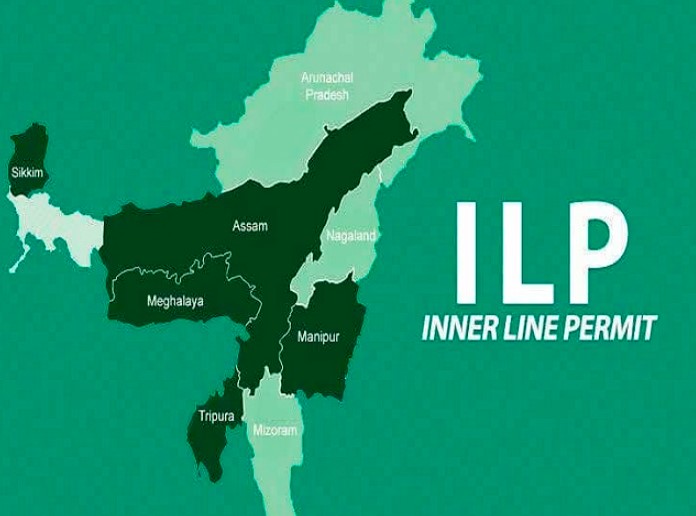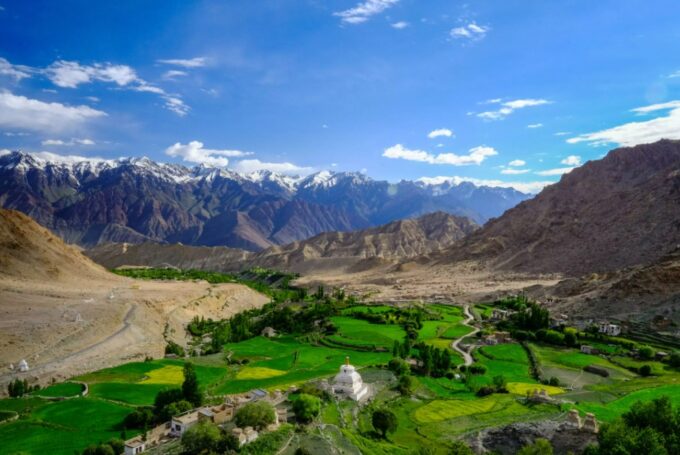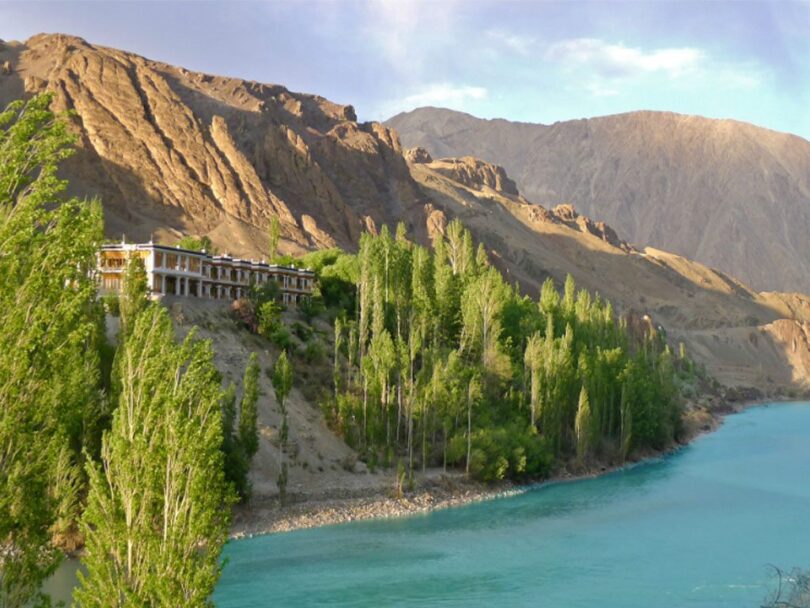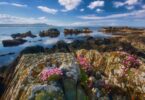Ladakh is a beautiful and challenging Himalayan trail from India, which enthusiasts adore and recommend to anyone who wants a unique mountaineering experience. In case you did not know, this is a place where thousands of prayer flags are placed for those who climb. The place is clean, beautiful, breathtaking, the atmosphere is almost warm for the heart and soul, and the people are very hospitable to the mountaineers.
It is much more than a climbing and hiking trail. According to those who have already been there, you need to spend enough time to discover some of the beauties that Ladakh nature has to offer. Sometimes it is necessary to rent a car or use a taxi service where possible so that it does not take much time and you can get to see everything you want. For that purpose, as well as to know what to do and where to start, we recommend you to visit this link https://www.leh-ladakh-taxi-booking.com/best-itineraries/.
It is already easy when you have solved this logistics issue. But if you come from abroad, you are probably wondering if you need additional documents or permits to stay and use the climbing trails.
Generally, you almost do not need a permit for trekking in Ladakh, but there are a few places where you need a document called an Inner Line Permit. To get it, you need to apply at the DC Office in Leh, and that will cost you a certain amount of money, depending on where you need to go. The fees you will pay are mostly for the environmental costs and protection, and as insurance in case something happens, so the teams can get to you and help you.
After you do that, you are completely ready for your new trekking adventure, and as you can see on Ju-LehAdventure, you really have plenty of things to do there.
Where do you need an Inner Line Permit?

Source: jagranjosh.com
There are several places in the Ladakh area that you can visit with a valid permit, which is valid for one week. These include Pangong Tso, Khardung La, Tso Moriri, and Dah Hanu Villages. To get there, it does not matter if you are a foreigner or a domestic tourist – you need an ILP anyway.
What is interesting to know is that until 2014 this document was mandatory for the most attractive parts of Ladakh. However, changes were then introduced according to which the permit document is not mandatory, but it is advisable to have it, mostly for personal protection.
What are restricted areas?
To know why you need ILP, you must also know that the restricted areas are those close to the borderlines with Pakistan and China. To get ILP you need to apply on a working day, with a valid document, but also keep in mind that the application is processed in about 24 hours. This is especially important if you are visiting Khardung La Pass, Nubra, Shayok, Chang, Pangong Lake, Tsaga La, and other attractions on the border with China and Pakistan.
Facilitating conditions for the people from India

Source: nakedsecurity.sophos.com
Indians after May 2014 no longer need the ILP, i.e. the document we described above. Foreigners can take out this document with their personal documents. However, in certain areas with limited freedom of movement, you will be required to show an ID card, and copies may even be made just in case. Sometimes even if the area is not protected, there are certain points inside, such as a resort, lake, or historic site, where that permission is required, but you can usually get it on the spot.
But if you want to visit Batalik, Hanle, Tsaga, Chumur, and some other places, you will still need an ILP which is extended for three weeks. If you need to stay longer, you need to apply again, and this also applies if you are from India.
Before traveling to Ladakh
You can not leave if you are not informed if any of the places you want to go is not part of the protection program where Protected Area Permits are applied. In fact, it can be said that for the most attractive locations you need a PAP, but it is a relief that you can also get it as a group permit. However, its shelf life is limited and if you plan to stay in protected areas for more than seven days, you must reapply.
It is best to contact diplomatic missions, embassies, or consulates for complete information. The Ministries of Foreign Affairs also have specific registration data. Conditions vary from country to country, so if something applies to the United States, it does not mean the same goes for EU countries.
Why is it worth the effort?

Source: timesofindia.indiatimes.com
Ladakh is a place where you can meet natural beauties of all kinds. Ideal for trekking, camping, climbing, and similar activities. It is a charming location, a unique place that offers perfect landscapes for visitors. It also offers you a unique mix of cultures of different origins and traditions. In addition to geography, demography, here you will find excellent diversity of plants and animals.
Conclusion
Before each trip, wherever you are, make sure you are informed of what documents you need, whether you need a permit and how to get them. Many times, in today’s conditions, you can apply for permits and visas at the borders or at local tourist offices. Also, keep in mind that you must be informed about the Covid-19 conditions in each country at the moment. Therefore, be prepared, if necessary, to carry with you the vaccination certificates, but also the results of negative tests, depending on the current measures for entry for foreigners in India.
Timely information will help you avoid unwanted situations. Be responsible tourists, even if you are not required to have a mandatory document. Take care of nature, so that someone else can come back there after you. We hope this article will help you when you travel to India, to visit the unique landscapes of Ladakh.








Thanks for the in-depth wonderful article you turned out here Enjoyed reading the article above and thank you for sharing good knowledge and information
it’s very helpful. I was searching for a travel blog and found your blog site. I like your high-quality blog site design plus your posting abilities. Keep doing it
nice article sir Enjoyed Reading it